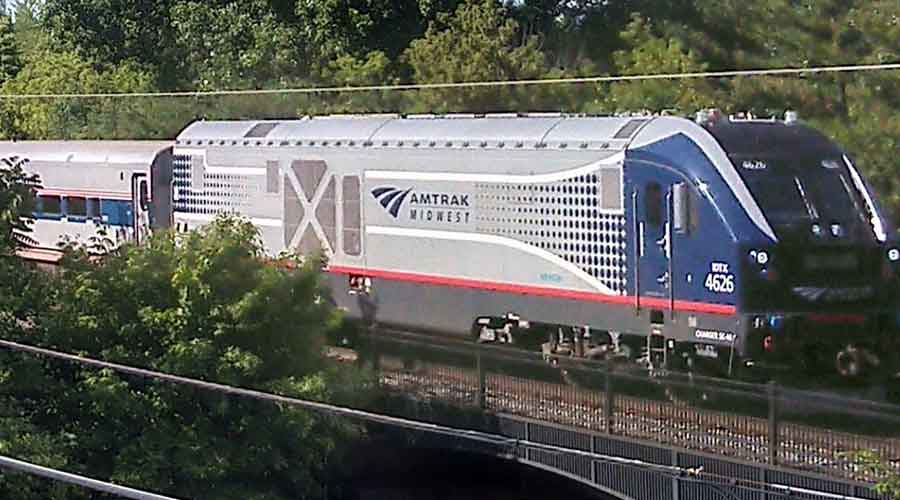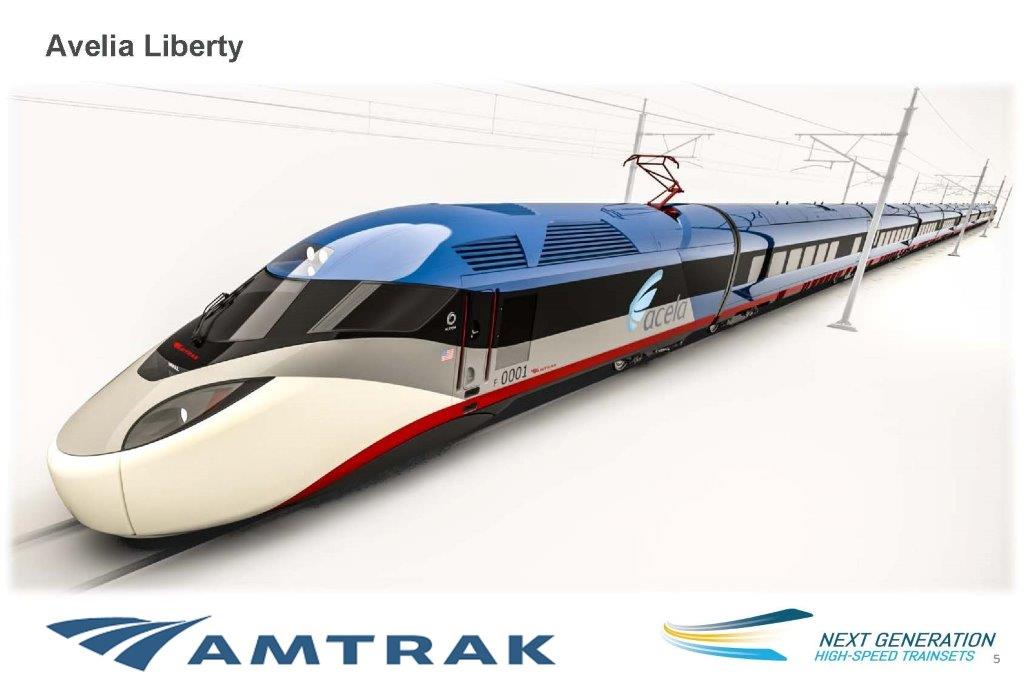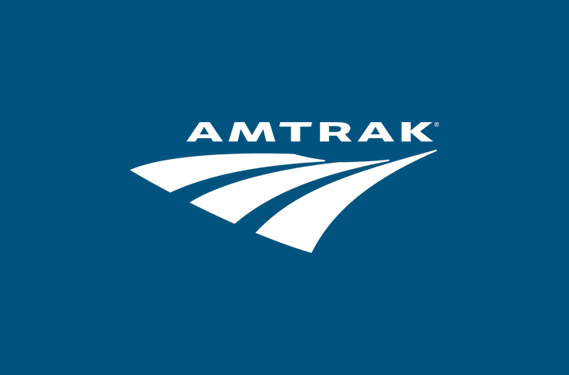Back in my mid-spent youth, devouring railroad books at the local public library, I seem to recall the tale that the NYNH&H was trying to assemble the ROW for an improved main line in the early 20th Century. However, the post-WWII decline led them to sell portions of it to CT for I-95. Given my inability to rediscover the reference, I assume it’s urban legend, but I would appreciate confirmation by one of the more knowledgeable folks here.
Oh, they absolutely had plans to continue electrification straight to Boston, quad-track the Shoreline, and implement modern-to-this-day cab signaling across the whole works. The company Board of Directors authorized the project, but the Depression thwarted those plans from being enacted. NYNH&H made a lot of foolish side investments outside their core biz in the Roaring Twenties during the market bubble, including launching proxy wars to try to buy itself a trolley interurban monopoly in Southern New England a mere handful of years before that whole mode of transit went completely splat. So they got wiped out harder in the '29 market crash than nearly any other RR and first hit the skids in bankruptcy by 1935...many years earlier than the Pennsy and NY Central systems they were eventually merged into. Part of the restructuring plan involved finishing the NEC expansion job while restructuring out less-profitable assets...but then WWII hit, the feds nationalized the RR network, they had to hold onto all their money-losing branches (albeit with generous fed assistance), and there wasn't enough domestic labor around to kick off any major capital improvements projects. Postwar the feds abruptly withdrew wartime control (huge mistake...they should've "pulled a Conrail" + split off public-ized passenger services right then and there in 1950 instead of waiting 20 more years of decline for the Penn Central disaster to force the issue). That immediately sent all the Eastern RR's into a tailspin they never recovered from, with a second stint in bankruptcy tabling all of the New Haven's grand plans on the Corridor. Though they never, to the very end, gave up on Boston electrication as an overarching goal.
The New Haven fared better than most of their contemporaries at staunching the bleeding of passenger counts by aggressively renewing their rolling stock, and started to simplify their once crazy-complicated NEC schedulebook (full of short-turns, named trains, and train-number transfer matching for plotting even dirt-simple trips) into the way more intuitive commuter local, commuter express, intercity local, first-class tiers that have more or less stuck to this day. So New Haven Line trips sustained and in some segments
improved their margins during that era...but it was all for naught because the company was still suffocated by hundreds of miles of cost-bleeding branchlines and bankruptcy slowing their ability to petition the feds to get rid of the baggage. By their last decade lineside physical plant was already well into deferred maint mode, ready for the bottom to completely fall out during the Penn Central ownership era.
So chalk their thwarted electrification/expansion timetable up to a lot of rotten-luck timing vs. world events, an excess of pre-Crash stock buying stupidity that put them under more duress...earlier...than their counterparts when the market party was over, and the same two decades of policy malaise that left the RR's and fed RR policy utterly unable to evolve until the Penn Central bankruptcy shocked the system.
UConn Library, BTW, has hundreds of thousands of pages of scanned NYNH&H company records stored online. Some of them detail these electrification and Shoreline capacity plans, and some of the most useful stuff on there is the huge cache of
property valuation slides for literally every parcel across the Corridor and most of the Southern New England branchlines. It's often more useful to search those old property files than current public records because they're so extremely detailed. Fortunately/unfortunately it's such an overwhelming document dump searching it can be a real chore if you don't know precisely what you're looking for. The "good finds" often come via word-of-mouth online from individual people who managed to stumble on something neat in there rather than search having pinpoint accuracy.








